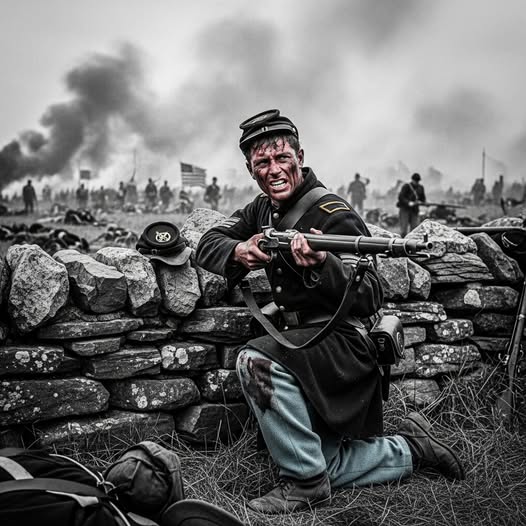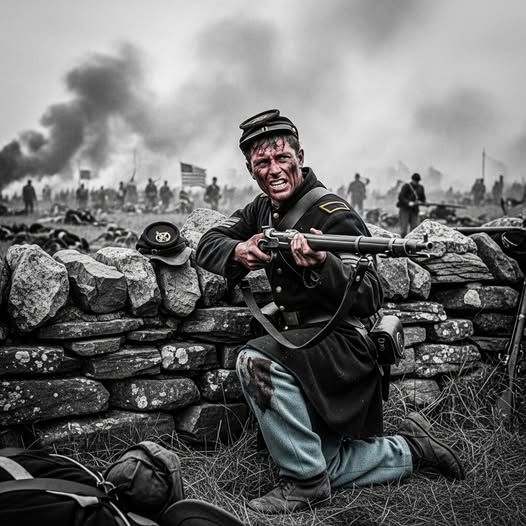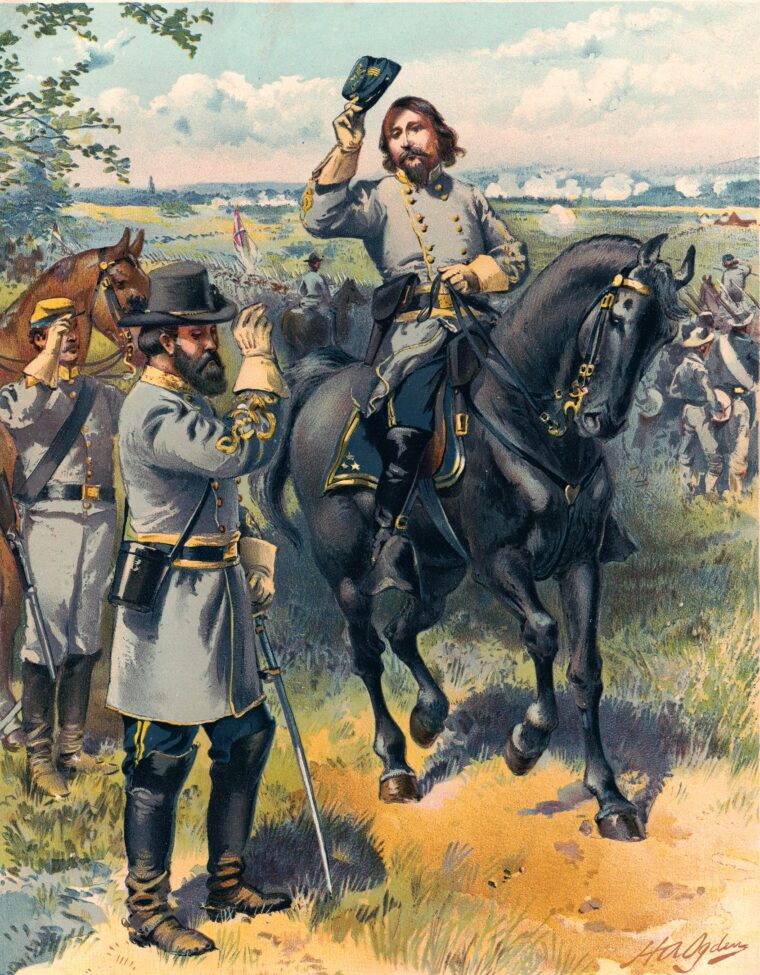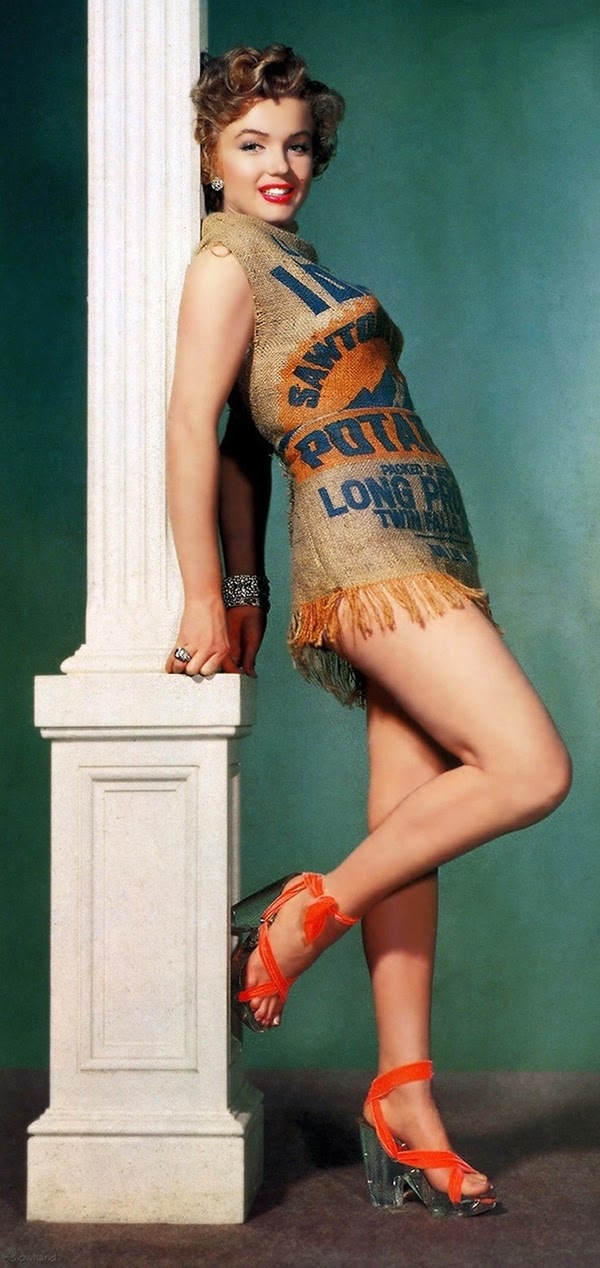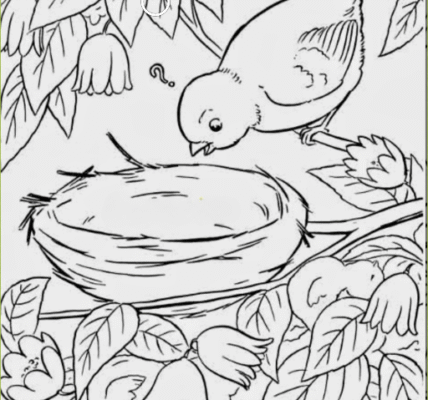The summer sun of July 1863 cast no warmth upon the hills of Pennsylvania. Instead, it revealed a field scarred by smoke, blood, and anguish. The Battle of Gettysburg, fought from July 1st to July 3rd, would become the bloodiest clash of the American Civil War, claiming more than 51,000 casualties. It was not merely a military confrontation but a crucible of human endurance, sacrifice, and unyielding spirit. Among the countless stories buried beneath its soil lies that of a lone Union soldier, crouched behind a stone wall on Cemetery Ridge, his face blackened with soot, his uniform torn and stained with his own blood.
He had no name in history books, no statue erected in his honor, yet his presence embodied the very essence of Gettysburg. His hands trembled not from fear but exhaustion, his rifle steady despite the chaos erupting around him. Behind him fluttered the tattered Stars and Stripes, its presence both fragile and defiant against the backdrop of Confederate artillery fire. Ahead, through the haze of musket smoke, waves of Confederate soldiers advanced in Pickett’s Charge—an assault so desperate it would carve itself into the marrow of American memory.
This soldier, like thousands beside him, was not merely defending a ridge of stones but the fragile promise of a nation still searching for its identity. Every heartbeat was a reminder that the war was not just about territory, but about freedom, equality, and the possibility of a nation undivided.
The air was thick with sulfur, the ground slick with blood. Union and Confederate cries blended into a dreadful chorus as men fell by the dozens. The young soldier’s ears rang with the relentless pounding of artillery, each cannon blast shaking the stones beneath him. And yet, amidst the deafening storm, he found clarity in his purpose.
He remembered his family’s farm in Ohio, his mother’s weathered hands kneading bread, his father’s stern yet gentle voice warning him that freedom required sacrifice. When he enlisted, he thought of defending the Union; but now, as he watched the enemy come forth, bayonets gleaming, he knew it was about something greater—human liberty itself.
On the third day, Robert E. Lee ordered what history would deem his most daring gamble: Pickett’s Charge. Nearly 12,500 Confederate soldiers surged across open ground, marching directly into the storm of Union rifles and cannons. The Union soldier braced himself behind the stone wall, sweat stinging his eyes. He raised his rifle, steady despite the chaos, and fired into the advancing mass. Each shot was not aimed at an enemy but at despair itself, at the creeping thought that America might fracture beyond repair.
The clash was brutal and swift. Confederate lines crumbled under the sheer weight of Union resistance. Amid the smoke, the soldier’s body shook with exhaustion, but when the Rebel tide broke and retreated, he felt something shift. The Union had endured. Gettysburg had been saved.
Victory came at a staggering price—over 51,000 men lay dead, wounded, or missing. Fields once green were now strewn with bodies, groans of the dying echoing through the night. The soldier sat silently by the wall, his musket laid across his knees, staring at the carnage. He wept not only for his comrades but for the Confederates as well, men who had marched bravely for their own cause, men who would never again see home.
In that moment, the soldier understood that war’s true legacy was not glory, but grief. And yet, within that grief lay resilience. Gettysburg had turned the tide of the war. The Union, battered but unbroken, had found new strength.
Four months later, President Abraham Lincoln stood upon those hallowed grounds and delivered the Gettysburg Address. His words, simple and brief, carried the weight of the nation’s sorrow and its hope. He declared that the war was not only for the preservation of the Union but for the rebirth of freedom, that “government of the people, by the people, for the people, shall not perish from the earth.”
For the soldier who survived Gettysburg, Lincoln’s words were not rhetoric but truth forged in fire. He carried them with him through the rest of the war, a reminder that the blood spilled on those fields had meaning—that sacrifice was not in vain.
Gettysburg remains not merely a battle, but a symbol—a reminder of the cost of division, the fragility of democracy, and the resilience of the human spirit. The Union soldier at Cemetery Ridge was one among thousands, yet his courage, pain, and endurance reflect the greater story of a nation fighting for its soul.
Today, as visitors walk the quiet fields of Gettysburg, they may see only rolling hills and solemn monuments. But beneath the soil lie voices that once cried out in pain, in defiance, and in hope. The soldier’s face, streaked with sweat and gunpowder, still lingers in the imagination—a testament to the fact that even in the darkest hours, the will to endure can illuminate a path toward unity.
The Battle of Gettysburg was more than a turning point in the Civil War; it was a turning point for America itself. It tested whether a nation “conceived in liberty” could survive the strain of division and emerge whole. Through the eyes of a single soldier crouched behind a stone wall, we glimpse the essence of sacrifice, the weight of freedom, and the enduring hope that defines the American spirit.
Gettysburg’s legacy endures not in the cannons preserved or the monuments erected, but in the living memory of a people who continue to strive toward the unfinished work Lincoln spoke of. The Union soldier, anonymous yet immortal, represents the countless men whose courage forged a future where liberty could endure. His story, etched into the stones of Cemetery Ridge, whispers still: freedom has a cost, but it is worth the fight.
